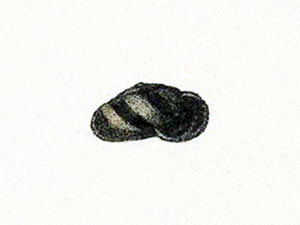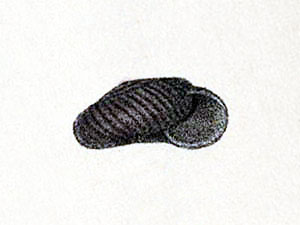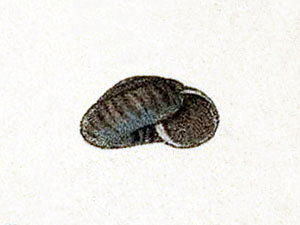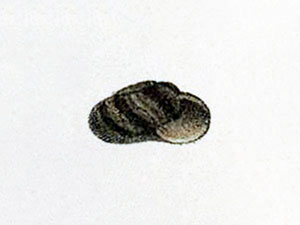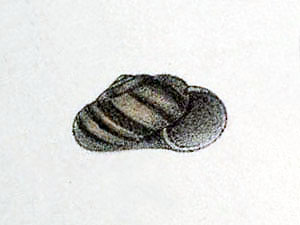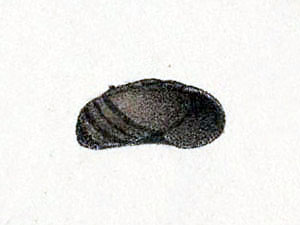Aunuu Sinployea Snail (Sinployea aunuuana)
This species, which is restricted to the small island of ‘Aunu’u offshore Tutuila’s east coast in the American part of Samoa, was described in the year 1983.
The shell reaches an average size of 0,28 cm in diameter. [1]
***
The island of ‘Aunu’u was investigated in intensive field studies in the year 2001, when the island was found to be infested with two alien snail species: the Two-toned Gulella (Huttonella bicolor (Hutton)), and the West African Streptostele Snail (Streptostele musaecola (Morelet)); both are known to be invasive, mainly snail-eating species, and both are found on many Pacific islands now.
The Aunuu Sinployea Snail was not found in 2001, and is now considered most likely extinct. [2]
*********************
References:
[1] Alan Solem: Endodontoid land snails from Pacific Islands (Mollusca: Pulmonata: Sigmurethra). Part II, Families Punctidae and Charopidae, Zoogeography. Field Museum of Natural History Chicago, Illinois 1983
[2] Robert H. Cowie; Rebecca J. Rundell: The Land Snails of a small tropical island, Aunu’u, American Samoa. Pacific Science 56(2): 143-147. 2002
*********************
edited: 21.04.2019




